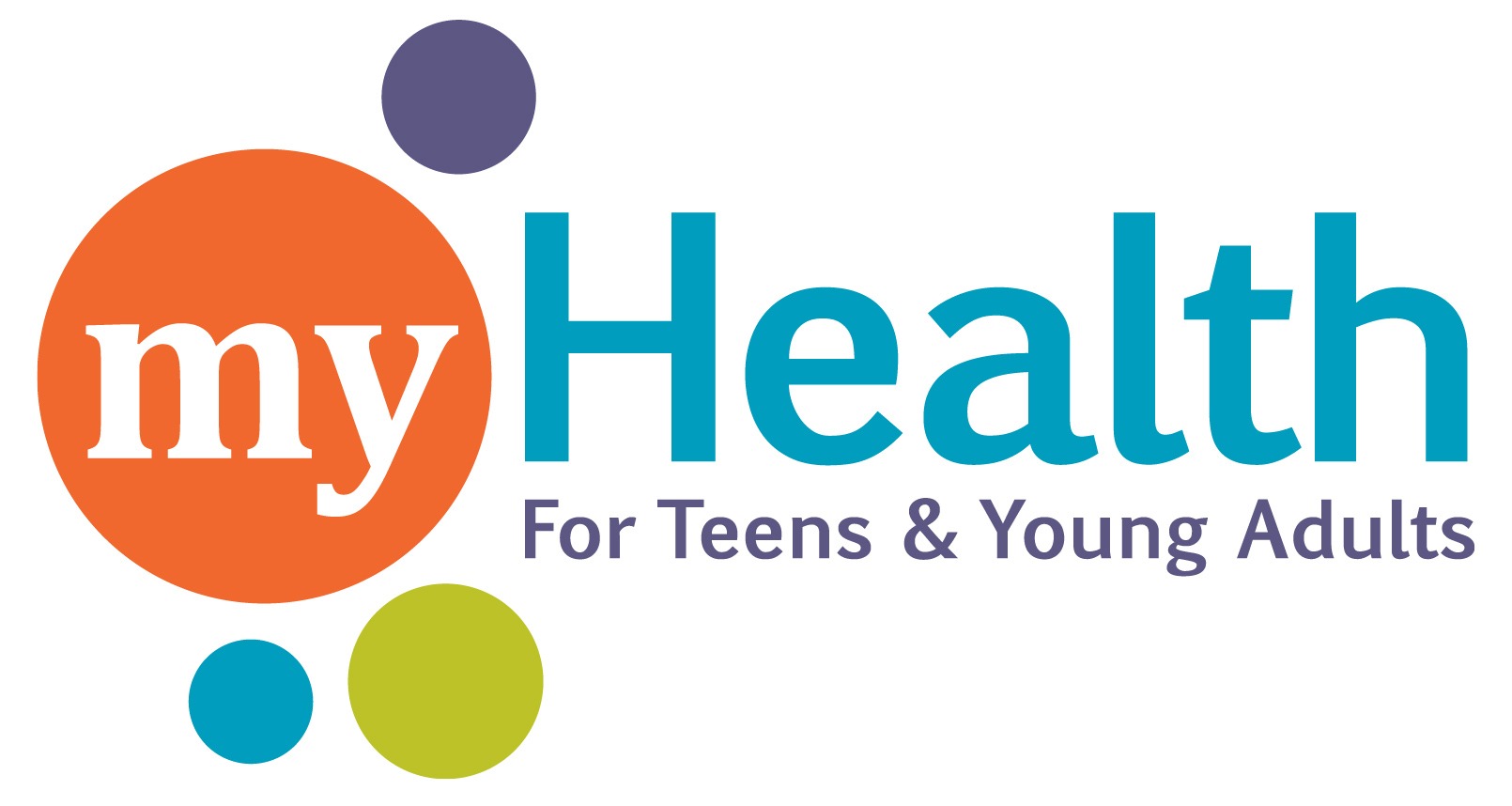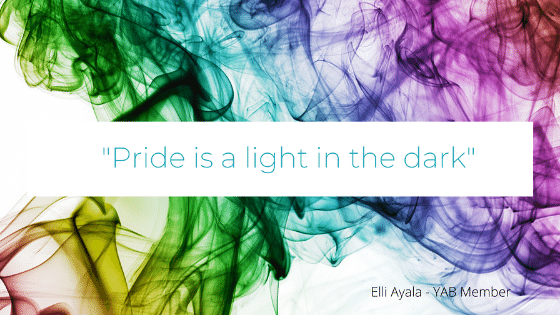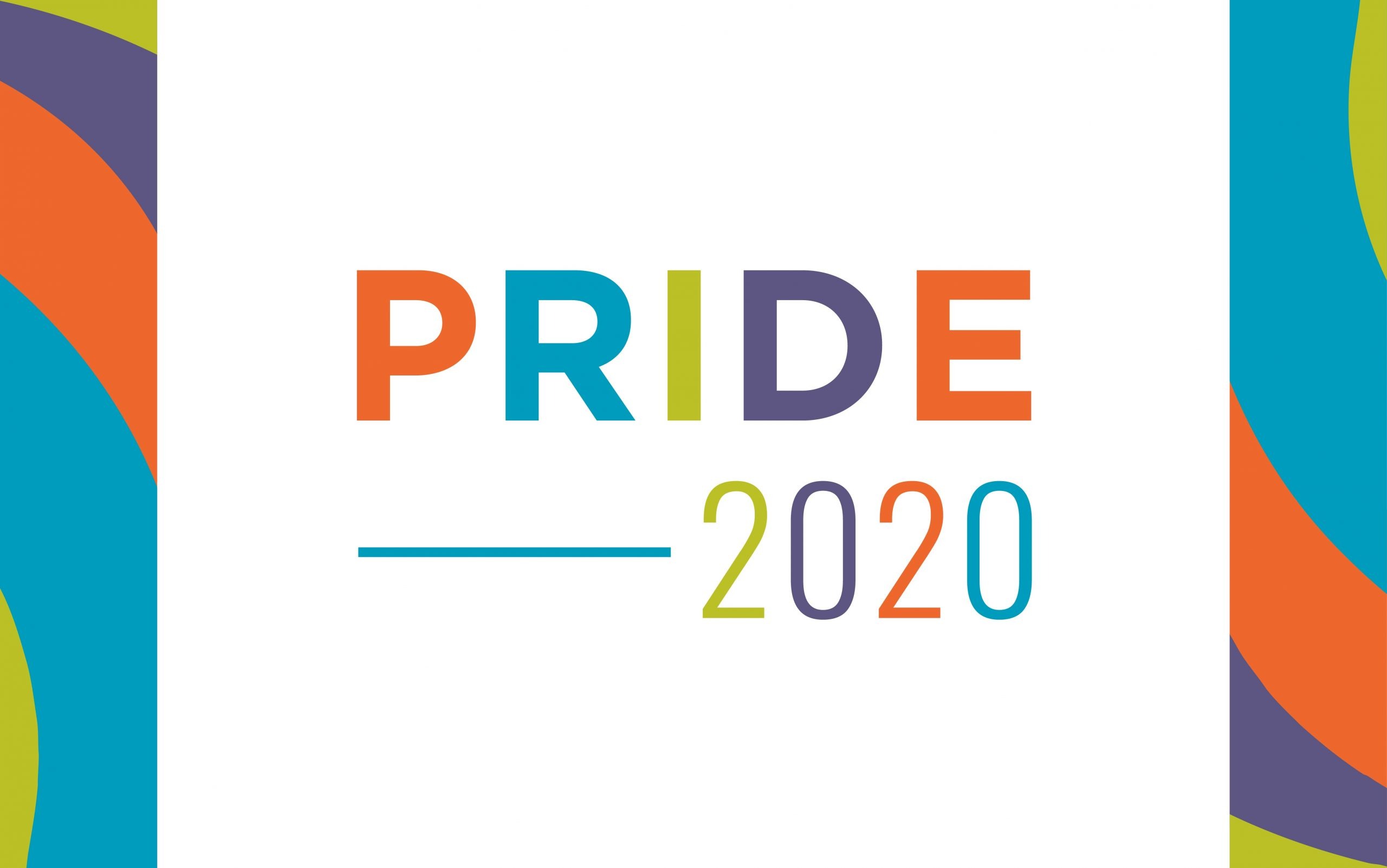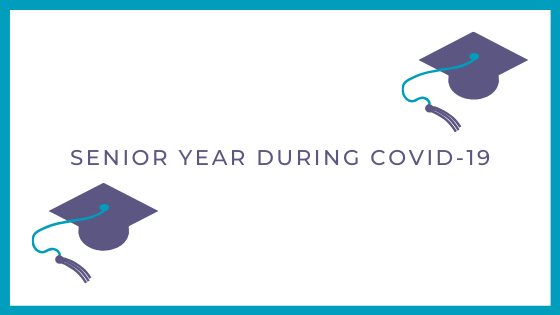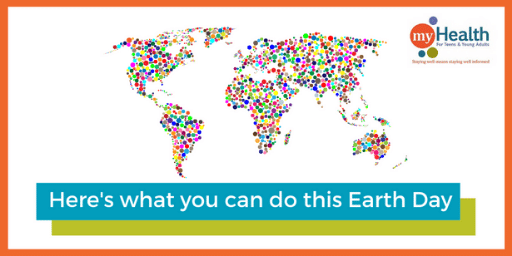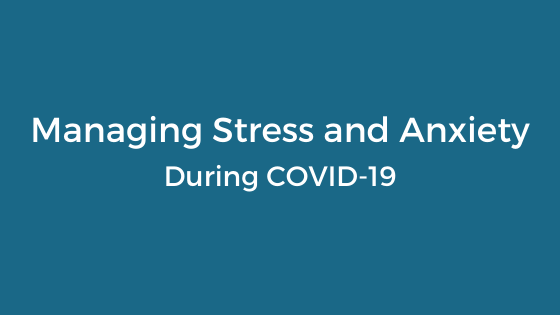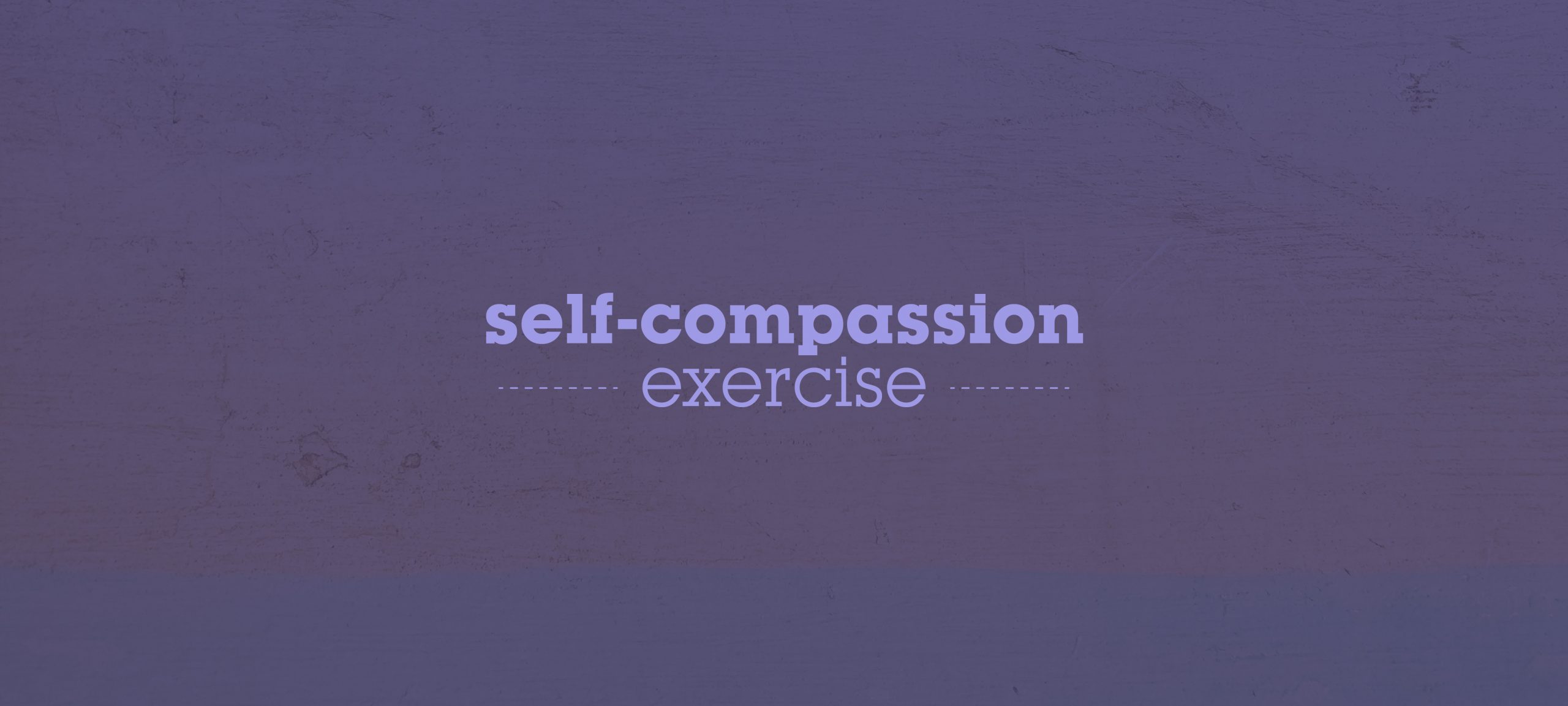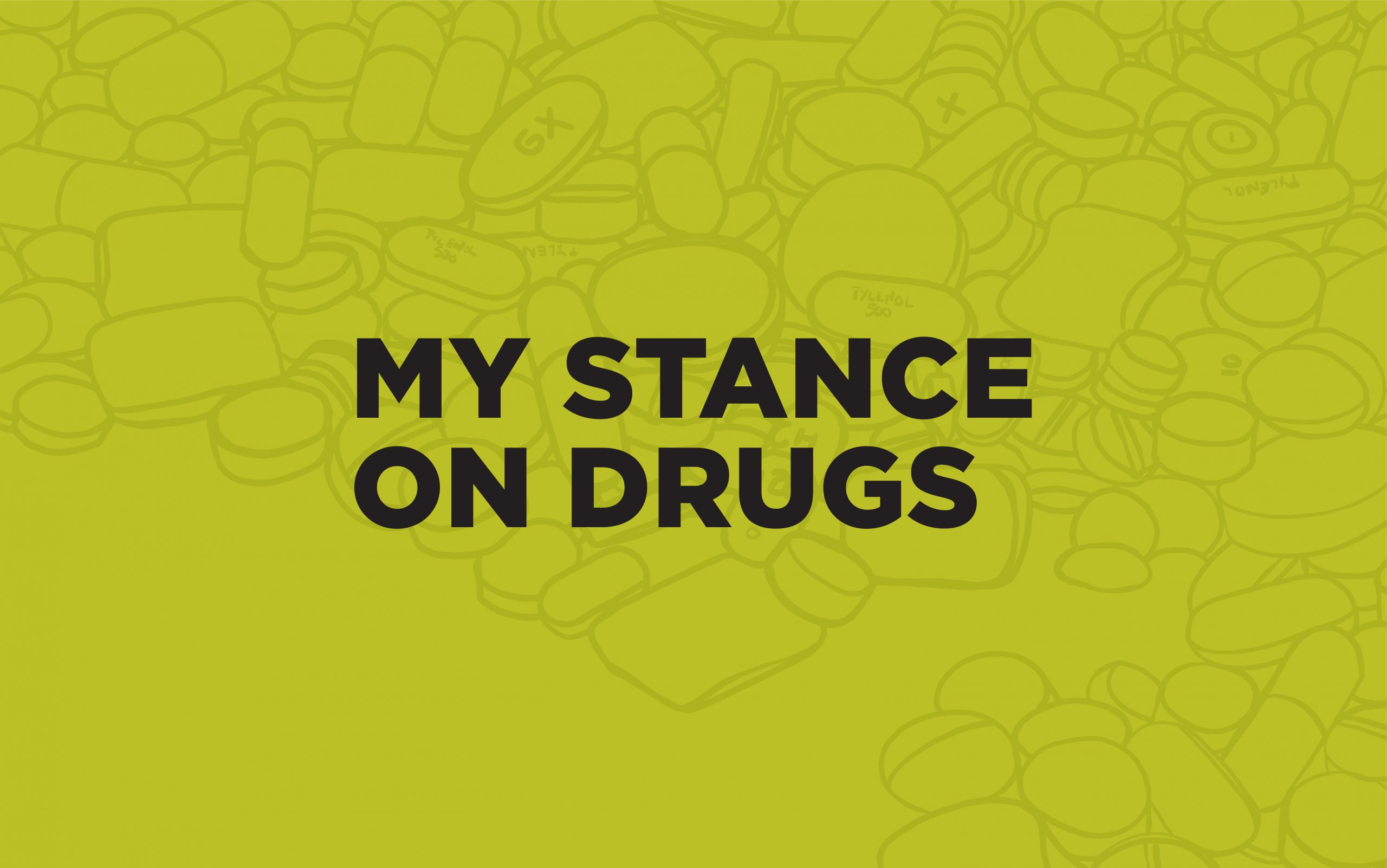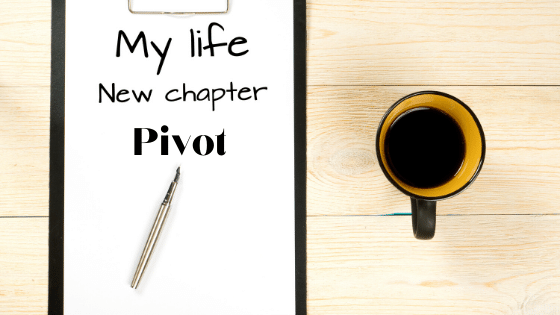
Guest Blog Post
Hello!
My name is Maya Chadda. I was chairwomen of myHealth’s Youth Advisory Board in 2019 and am currently a student at Boston University. At BU, I’m studying advertising and journalism. I am a member of the school’s improv team (Liquid Fun), the newspaper’s Layout Editor, and a radio DJ. With classes, clubs, new friends, old friends, roommates, and a new city, first semester was a constant juggling act. Come second semester and online classes, I had to quickly adapt to a loss of independence, minimal social contact, and a general lack of control as I now live with my parents back in Minnesota. Come summer, I lost my job as a camp counselor at YMCA Camp Warren. I’ve been at Warren for probably ten or more years either as a camper or counselor. This was a hard adjustment, but I threw myself into a job at Target and volunteering efforts related to the Black Lives Matter movement in Minneapolis.
So that’s a little on me, but what I really want to talk to you about is what it’s like for young people at this truly unique period and how to best act as a support system.
Before I lost my job at Camp Warren, I remember my boss using the word “pivot” over Zoom calls, talking about how camp could operate this summer. At first, I was a little bothered by this term as it seemed like a desperate corporate attempt to promote optimism by the YMCA. However, as summer continued, I realized there is no better term to describe the day to day life of being a young person right now. We are constantly pivoting. Living with my parents has presented a lot of challenges for me personally. When I first moved in, I was of the mentality that my parents were my roommates. This, for obvious reasons, ended poorly. It’s hard to adjust and revert back to old dynamics. As I was pivoting, my parents allowed me the grace to mess up. We fought a lot and still do. They know that my overreactions are not a result of their actions but something completely different. They have faith that I will take back my words and apologize. I needed that and still do. Additionally, my parents and I made space to talk about what we are missing and mourning as a result of COVID-19, be it independence, hanging out with friends, or small things like high fives. Making space to talk about what we are or were missing made it easier for me, as a young person, to see my parents as equals and people experiencing the same things as me. I worked hard at setting boundaries. I told them sometimes after work or online classes, I’ll have my headphones on. That’s me signaling to them that I need some alone time. I’ve found that in all the pivoting, the two most important things for both a young person and adults (or parental units) are communication and grace. These past three months have been a huge adjustment for me, and as a result, my mental health has suffered. Through open communication and my parents’ acknowledgment of how hard this time has been for me, I’ve found ways to take care of myself, be it with daily affirmation cards, working out, routine, or having some assemblance of control through taking on small projects, like a garden. Part of my morning routine is reading an affirmation card from Louise Hay’s Powerful Thought Cards. The science is that by saying a positive affirmation out loud you reinforce the ideas through thought patterns. Speaking it into existence, if you will. My affirmation card for today read, “I am flexible and flowing. I am open to the new and changing. Every moment presents a wonderful new opportunity to become more of who I am. I flow with life easily and effortlessly.” I feel that this is more true now than ever.
